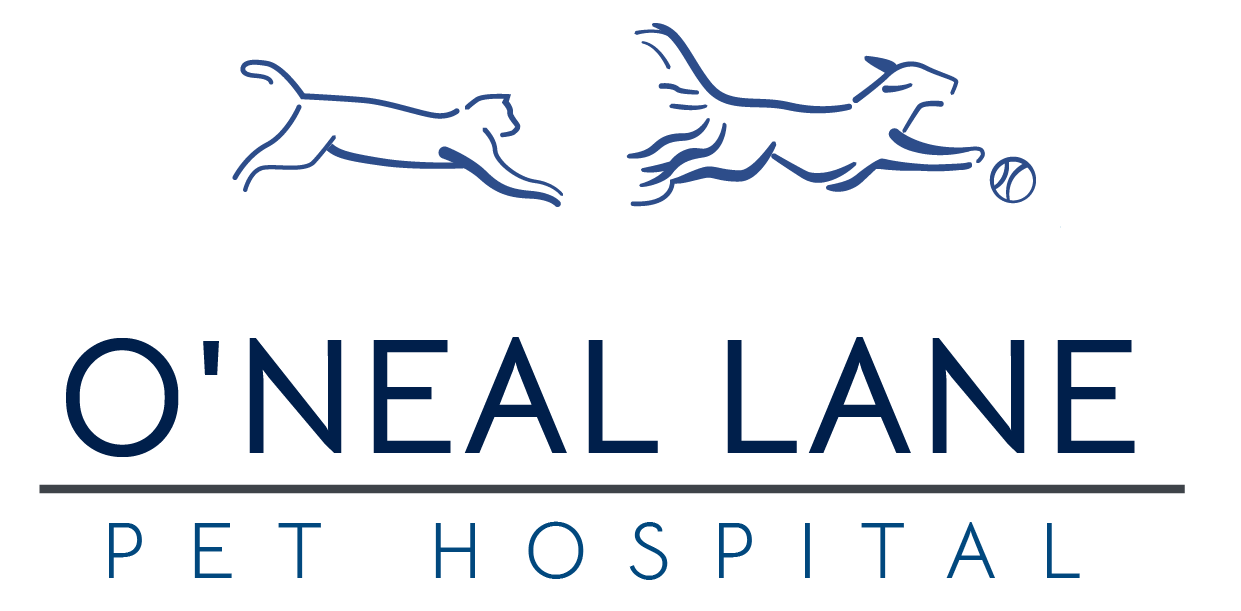As we approach the new year, it’s important to make sure that your pet is not only in good health but also in good shape. Did you know that more than half of all cats and dogs are overweight? Overweight and obese pets are at increased risk of developing cardiovascular disease, diabetes, cancer, orthopedic disease, and more. We take this seriously at Brodheadsville Veterinary Clinic, and we have some tips to help. Please note: if your pet is currently heavier than they should be, please bring them in to see us so that we may pit together a plan for them.
- Exercise and activity is a must! Every good weight loss or maintenance plan includes exercise. Get active with your pet: Increase walking frequency or length with your dog. Encourage your cat to chase a laser pointer or remote-controlled toy. These activities will also help to strengthen the bond you share with your furry pal and give you more quality time with them. You may benefit from this additional activity, too!
- Come talk to us about the problem. Don’t be afraid to ask, “Is my pet overweight?” Our team will determine your pet’s body condition score (BCS) and exactly how much weight she should lose. From there, we’ll discuss diet, activity levels, and put a plan in place to create better habits for your pet.
- Not sure? Know what to look for. When you see your pet every day, it can be difficult to recognize when she’s gained a pound or two. But, a pound or two for a small cat or dog can make a big difference. If your pet is at a healthy weight, you’ll easily be able to feel all of her ribs without seeing them. When viewed from the side, she’ll have an “abdominal tuck,” where there is a clear waistline. If you still aren’t sure, let us help!
- Let’s get your pet on a proper diet. Food aisles at pet stores can be overwhelming. Our veterinary team can be instrumental in choosing food that would be appropriate for your pet’s lifestyle, age, and current medical needs. However, what food they’re being fed is just the first thing to consider. Also be sure to limit your pet’s treats, and do not feed table scraps. Treats should never account for more than 10 percent of your pet’s recommended daily caloric consumption.
We know that this can be overwhelming, but it’s an important factor in your pet’s overall health and happiness. Just because they’ll eat anything put in front of them doesn’t mean they should. Let us help create some healthy habits for your furry family.
Have questions? Need to make an appointment?
The Brodheadsville Veterinary Clinic team is here to help!
